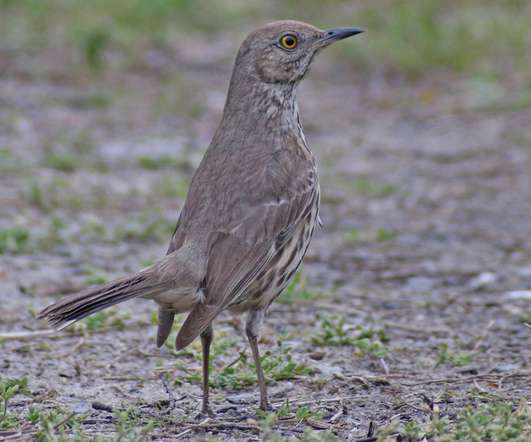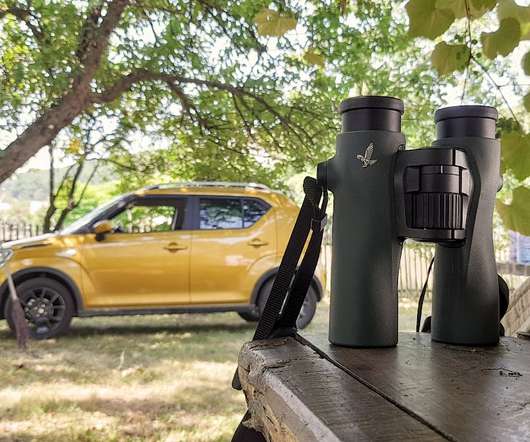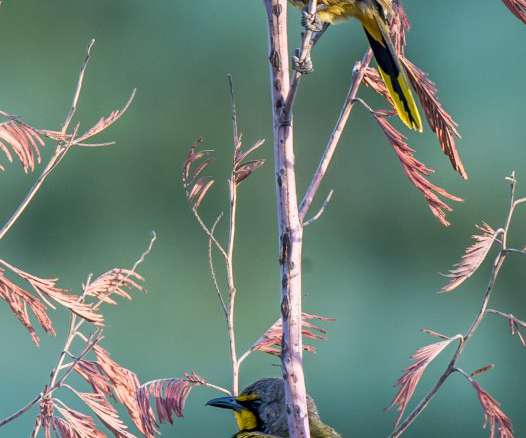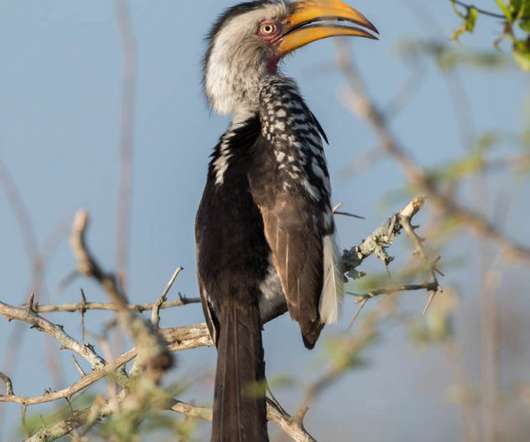A Brief Tour of Uganda, The Pearl of Africa
10,000 Birds
NOVEMBER 20, 2016
By the time this post publishes, I’ll be on an airplane heading back to the United States following a truly remarkable two week visit to Uganda as part of a group of western birders visiting there to promote the inaugural African Birding Expo. In the relatively brief period, my group had something on the order of 450 species.


























Let's personalize your content